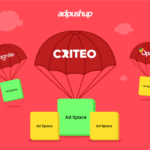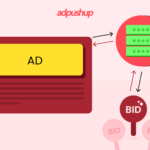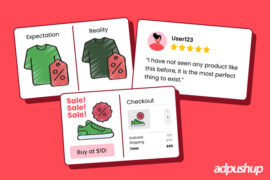
Mobile ad mediation platforms offer a solution by enabling app developers to manage and optimize their ad inventory with ease, allowing them to select the best-performing ad network for each ad impression.
As an app developer, maximizing your ad revenue requires managing a complex landscape of ad networks. But what if there was a central hub to manage it all? Enter mobile ad mediation platforms.
This comprehensive guide dives deep into the world of mobile ad mediation in 2024. We’ll explore how these platforms work, mention the top players in the market, and help you with the knowledge to choose the perfect solution for your app.
Also Check: Ad Mediation for Revenue Optimization
What is Mobile Ad Mediation?
Mobile ad mediation is a process that helps mobile app developers and publishers maximize their ad revenue by selecting the best-performing ad network for each ad impression.
Ad mediation platforms allow app developers to manage and optimize their ad inventory by automatically selecting the most relevant and highest-paying ad network for each impression based on a variety of factors, such as ad format, user location, and device type.
What is the Waterfall Ad Mediation?
In this, the publishers rank ad networks based on several factors, such as Cost Per Mille (CPM) by analyzing the previous performance. In this method, if any network fails to bring the desired results, there are already other backup networks to pull in the ad impressions and traction.
How does it work?
It gathers a list of relevant networks, keeping the target audience in mind, and it will then set the highest CPM at the top, going down to the lowest one. This is the only difference between the waterfall and the In-app header bidding method. If the top network is unable to sell the ad inventory, they’ll replace it with the next one (and so on) in the network waterfall.
How Does Mobile Ad Mediation Work?
Mobile ad mediation works by integrating multiple ad networks into a single platform that manages and optimizes ad inventory across different networks.
- The mediation platform act as a middleman between the app developer and the ad networks, automatically selecting the most relevant and highest-paying ad network for each impression.
- When a user opens the app, the mediation platform sends an ad request to multiple ad networks simultaneously.
- The ad networks then bid on the ad impression in real time, with the highest bidder winning the auction and displaying their ad in the app.
The ad mediation platform then tracks and analyzes the performance of each ad network, and automatically adjusts the selection of ad networks for each impression based on real-time data and performance metrics.
Benefits of Mobile Ad Mediation
Mobile ad mediation offers a variety of benefits for app developers and publishers, including:
Increased Ad Revenue
By optimizing ad inventory and selecting the best-performing ad network for each impression, ad mediation platforms can help app developers and publishers increase their ad revenue.
Improved User Experience
Mobile ad mediation platforms can improve user experience by displaying relevant and high-quality ads that are more likely to be clicked on by users.
Reduced Workload
Ad mediation platforms automate the process of selecting and managing ad inventory, reducing the workload for app developers and publishers.
Overall, mobile ad mediation is a powerful tool for mobile app developers and publishers who want to maximize their ad revenue while providing a seamless user experience.
Potential Downsides of Ad Mediation
Though the benefits of programmatic ad mediation are plentiful, there are some drawbacks as well that need to be understood.
No Clear Margin of Revenue
There’s a lack of transparency over the cut margin that the mediators take from the ad revenue. Publishers do not get clear data about the total impression, how much it was sold for, and the share of the mediation partner.
Prone to Errors
Every SDK integration can increase the chances of errors and app crashes if not done correctly. Many ad mediators do not oversee the end cases properly.
Low Chances of High Bids in Waterfall
The auction process might only get traction for lower bids since Waterfall closes the auction once the floor price is met. This can make publishers regularly miss out on the potential higher bidding.
What’s the solution, then? The answer is to find the right mobile ad mediation platforms. And for that, you must know what to look for in an ad mediation platform. This takes to our next topic of discussion – features to look for in ad mediation platforms.
Key Features of Mobile Ad Mediation Platforms
When selecting a mobile ad mediation platform, it’s important to consider a variety of factors to ensure that the platform meets your specific needs and goals.
Here are some of the key features that app developers and publishers should look for when selecting the mediation platform:
Ad Network Support
The first key feature to consider when selecting a mobile ad mediation platform is the number and quality of ad networks supported by the platform. A good mobile ad mediation platform should support a wide range of ad networks to ensure maximum ad fill rates and high-quality ads for your app or website.
Look for a platform that supports both traditional ad networks as well as emerging networks such as native and rewarded video ads.
Read More: 22 Best Ad Networks for Publishers [in 2023]
Mediation Algorithms
Another key feature to consider when selecting a mobile ad mediation platform is the quality of the mediation algorithms used by the platform. A good mediation algorithm should be able to automatically select the most relevant and highest-paying ad network for each impression, based on factors such as ad format, user location, and device type. Look for a platform that uses machine learning and artificial intelligence to optimize ad inventory in real-time.
Reporting and Analytics
The third key feature to consider when selecting a mobile ad mediation platform is the quality of the reporting and analytics provided by the platform. A good platform should provide detailed and real-time reporting on ad performance, fill rates, and revenue, allowing you to monitor and optimize your ad inventory with ease.
Look for a platform that provides customizable reporting dashboards and integrates with popular analytics tools such as Google Analytics.
Support for Different Ad Formats
Finally, it’s important to consider the types of ad formats supported by the mobile ad mediation platform. It should support a wide range of ad formats, including banner ads, interstitial ads, native ads, and rewarded video ads, allowing you to provide a variety of ad experiences for your users.
Check Here: What is Ad Format? Different Types. What Users Prefer, & More
Top Mobile Ad Mediation Platforms for 2023
There are several mobile ad mediation platforms expected to be popular among app developers and publishers.
Here are some of the top mobile ad mediation platforms along with a brief overview of their key features, pricing, and performance metrics:
AdMob Mediation
AdMob Mediation is a mobile ad mediation platform owned by Google that allows app developers to maximize their ad revenue by selecting the best-performing ad network for each impression.

AdMob Mediation supports a wide range of ad networks and ad formats, including banner, interstitial, and native ads, and is free to use. The platform also provides real-time reporting and analytics to help app developers optimize their ad inventory.
The main advantage of AdMob Mediation is its integration with other Google services, such as Google AdSense and Google Analytics, which makes it easier for app developers to manage their ads and track performance.
You may also like to know: Google AdMob vs. AdSense
MoPub
MoPub is a mobile ad mediation platform owned by Twitter that allows app developers to maximize their ad revenue by automatically selecting the best-performing ad network for each impression.
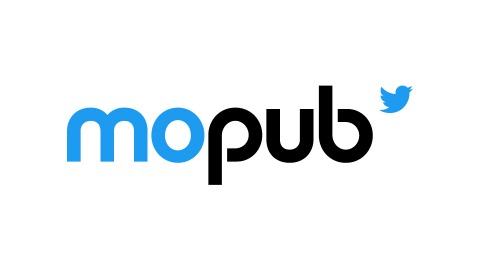
MoPub supports a wide range of ad networks and ad formats, including rewarded video and native ads, and provides real-time reporting and analytics to help app developers optimize their ad inventory. MoPub offers a variety of pricing models, including a revenue share model, and has no minimum traffic requirements. The main advantage of MoPub is its ease of use and flexibility, which makes it a popular choice for both small and large app developers.
Appodeal
Founded in 2014, Appodeal blends waterfall and programmatic auctions for seamless ad integration. This translates to one thing for publishers: maximizing the revenue potential. Appodeal prioritizes getting publishers the highest CPM (cost per mile) for every ad displayed in the app.
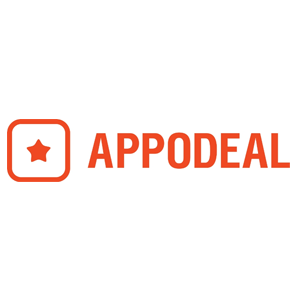
Appodeal goes beyond just mediation. They call themselves a one-stop growth engine for a reason. It offers a range of essential features, including in-app bidding optimization, automatic user acquisition (UA) optimization, user segmentation, and ad placement management. Additionally, it provides a robust ad server connection along with privacy and fraud protection.
PubMatic

PubMatic, widely known for its OpenWrap SDK is one of the few publicly listed programmatic ad mediation companies.
As a publisher, you get a control dashboard to manage advertisers across all devices, formats, and channels. The platform has informative guides and case studies to add to the user’s knowledge.
The standout features are video ad support, A/B testing, and real-time analytical and reporting tools that come with complete customization.
IronSource
IronSource stands out as one of the top choices in 2024. It links publishers to a vast global demand and includes an “auto optimization algorithm” that leverages real-time data to determine the best networks for your auctions.
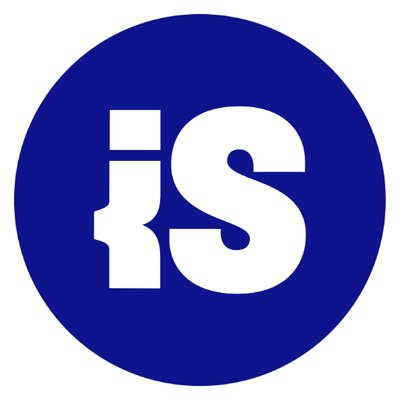
IronSource boasts that its reporting tools are the “most comprehensive reporting available,” a sentiment shared by many publishers who use this app mediation partner. In addition to its strong relationships with top bidders, the tool includes built-in optimization features designed to enhance revenue growth.
AppLovin
AppLovin is another ad mediation platform that offers a sophisticated solution for app developers looking to maximize their advertising revenue.
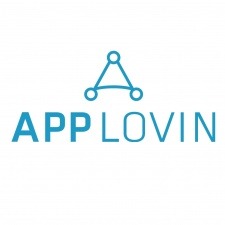
AppLovin platform provides a comprehensive suite of features that make it easy to manage multiple ad networks, optimize ad delivery, and ultimately drive better results for your app.
One of the key benefits of AppLovin is its advanced targeting capabilities, which allow you to deliver highly relevant ads to your users based on their interests and behaviors. This can help to improve engagement rates and increase ad revenue over time.
Another standout feature of AppLovin is its robust reporting and analytics tools, which provide in-depth insights into the performance of your ad campaigns. With real-time data and customizable dashboards, you can easily track key metrics like impressions, clicks, and revenue, and make data-driven decisions to optimize your ad strategy.
Fyber
Fyber is an innovative ad mediation platform that offers publishers and app developers an all-in-one solution for optimizing their mobile ad revenue.

With Fyber, you can easily manage and monetize multiple ad networks, ad formats, and demand sources all in one place.
What makes Fyber stand out from other ad mediation platforms is its advanced technology and comprehensive reporting tools. Fyber’s machine learning algorithms and predictive analytics allow you to make data-driven decisions and optimize your ad placements for maximum revenue.
In addition, Fyber offers a wide range of ad formats, including rewarded video, interstitial, and banner ads, as well as access to premium demand sources such as major ad networks, direct advertisers, and programmatic buyers. This ensures that you have a diverse range of ad options to choose from and can maximize your revenue potential.
Vungle
Vungle is another ad mediation network that offers advanced solutions for app developers and advertisers looking to maximize their revenue streams.
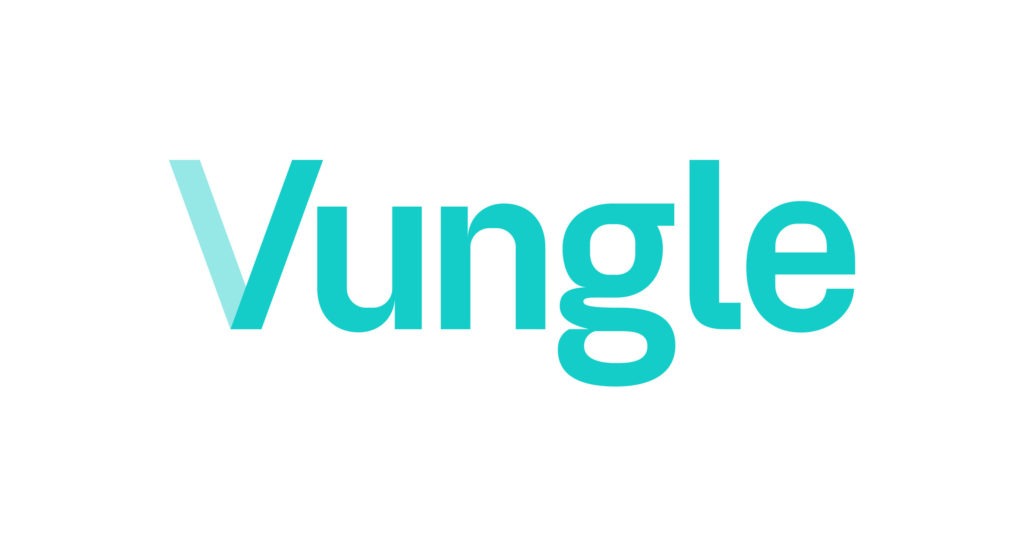
With Vungle, developers can easily manage and optimize their in-app advertising campaigns across multiple ad networks, without the hassle of dealing with individual integrations and SDKs.
One of the standout features of Vungle is its advanced algorithmic optimization technology. This technology enables the platform to automatically select the best-performing ad network for each ad impression, based on factors such as ad format, user demographics, and device type. This means that developers can rest assured that their ad inventory is being monetized to its fullest potential.
Vungle also offers a range of customizable ad formats, including rewarded video, interstitial, and banner ads. This allows developers to tailor their advertising strategy to their specific app and audience, and provide users with a seamless and engaging ad experience.
Chartboost

Chartboost is the only platform you need for mediation, monetization, advertising, and partnering. The platform has carved out a unique way to stand out in the tech-centric world. It is one of the few platforms that allows ad monetization with diverse global brands. Meaning, that as a publisher, you can partner with Amazon’s app store.
The best thing is that the platform has a dedicated in-house team to assist during campaigns, which can result in more targeted and high-value output. It is a full-stack programmatic solution that increases CPM, and fill rate, saves time and resources, provides real-time bidding options, and provides performance data.
Additionally, you get lightweight SDK integration, a backend product team, and a one-click A/B testing setup. All these features can drive profits from your ad placements.
How to Choose the Right Mobile Ad Mediation Platform?
Choosing the right mobile ad mediation platform is crucial for app developers and publishers who want to maximize their ad revenue and provide a seamless user experience.
Here are some tips and best practices for selecting the right mobile ad mediation platform for your specific needs:
Consider Your App Category and User Demographics
The first step in choosing the right mobile ad mediation platform is to consider your app category and user demographics. Different ad networks and ad formats may perform better for certain app categories or user demographics.
For example, gaming apps may perform better with rewarded video ads, while news apps may perform better with native ads.
By understanding your app category and user demographics, you can select a platform that supports the ad formats and networks that are most relevant to your users.
Look for a Platform that Supports Multiple Ad Formats
Another important factor to consider when selecting the right platform is the types of ad formats supported by the platform.
A good platform should support a wide range of ad formats, including banner, interstitial, native, and rewarded video ads, allowing you to provide a variety of ad experiences for your users.
Look for a platform that supports innovative and emerging ad formats, such as playable and interactive ads, to differentiate your app from the competition.
Evaluate Reporting and Analytics Features
Next, the platform should provide detailed and real-time reporting and analytics to help you monitor and optimize your ad inventory.
Look for a platform that provides customizable reporting dashboards and integrates with popular analytics tools such as Google Analytics.
The platform should also provide real-time data on ad performance, fill rates, and revenue, allowing you to make informed decisions about your ad inventory.
Consider Pricing and Revenue Models
Mobile ad mediation platforms may offer different pricing and revenue models, such as a revenue share model or a fixed-price model.
Consider your budget and revenue goals when selecting a platform, and choose a pricing model that aligns with your goals.
Also, look for a platform that has no minimum traffic requirements, allowing you to start monetizing your app or website regardless of its size.
Research Customer Support and Resources
Finally, it’s important to research the level of customer support and resources provided by the platform.
Look for a platform that offers comprehensive documentation and support resources, such as developer forums and tutorials.
The platform should also provide responsive customer support to help you troubleshoot any issues or questions that arise.
Final Words
By considering the factors discussed in this post and selecting a platform that meets their specific needs and goals, publishers can maximize their ad revenue and provide a seamless user experience for their users.
If you’re a publisher looking to scale your revenue and not sure from where and how to begin, we at Adpushup will be more than happy to help. Sign up here and our team will reach out to you.
Frequently Asked Questions: Ad Mediation
A mobile ad mediation platform is a software solution that allows mobile app developers to manage and optimize multiple ad networks within their apps. It helps to maximize ad revenue by selecting the most appropriate ad network to display ads to app users.
Ad mediation allows app developers to integrate multiple ad networks into their apps. When an ad request is made, the mediation platform sends the request to multiple ad networks, and the ad network with the highest bid is selected to display the ad.
The benefits of using a mobile ad mediation platform include higher ad revenue, better user experience, and simplified ad management. Mediation platforms can also provide valuable insights into ad performance and user behavior.
Most mobile ad mediation platforms support integration with various ad networks, including Google AdMob, Facebook Audience Network, Unity Ads, IronSource, AppLovin, and more.
The cost of using a mobile ad mediation platform varies depending on the provider and the features included. Some platforms charge a percentage of ad revenue, while others offer a subscription model or charge based on the number of ad impressions.
Some popular mobile ad mediation platforms include Google AdMob, MoPub, IronSource, AppLovin MAX, and Fyber.

Deepak has a keen eye for detail and a deep understanding of the ad tech landscape. Whether it’s through in-depth articles, thought-provoking insights, or compelling storytelling, he’s dedicated to helping people navigate the complex world of ad tech with the simplicity of his words.


